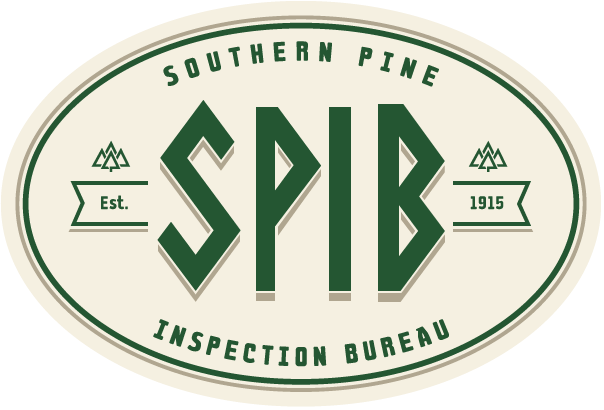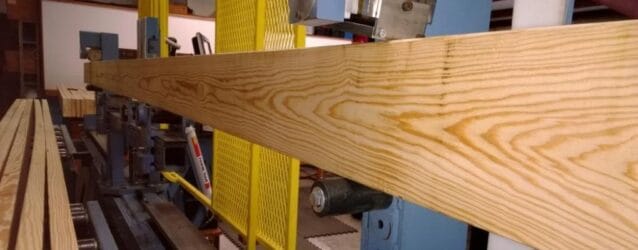For more than 70 years, people have been using machines to assist in the grading of lumber. This article summarizes the machine grading methodologies for producing Machine Stress Rated Lumber (MSR) and Machine Evaluated Lumber (MEL) and highlights the similarities and differences between MSR and MEL. In addition, some structural design benefits from selecting MSR […]
Continue reading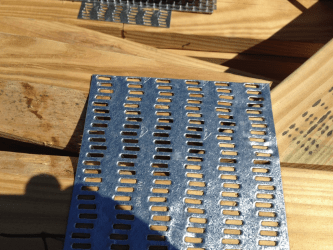
Wood Structure Design Basics—Lumber Grading
This series of articles, Wood Structure Design Basics, is intended to serve truss designers (TDs) and others who are new to the wood construction industry and/or may not have the opportunity to study the basics of wood design in a formal setting such as a university. The mix of basics will include an introduction to […]
Continue reading
Tales of a Treated Wood Lab Tech: The Team Behind-the-Scenes
You know how important it is to look at the tags on the end of the lumber to find all types of important information, including the treating company, preservative type, appropriate end-use, third-party inspection information, and even warranty details. But did you take a moment to wonder…what goes on behind-the-scenes before that piece of pressure-treated wood makes its way onto the store shelf? If the answer is yes, let’s grab a lab coat and take a closer look!
Continue reading
Nominal Vs Actual Lumber Sizes
Softwood Lumber Sizes To the novice do it yourselfer softwood lumber sizes can be hard to understand. Why isn’t the 2×4 at the lumber yard 2 inches thick and 4 inches wide? The 4×4’s are 3 ½ x 3 ½ and the 1×6’s are ¾ of an inch thick and 5 ½ wide. The first […]
Continue reading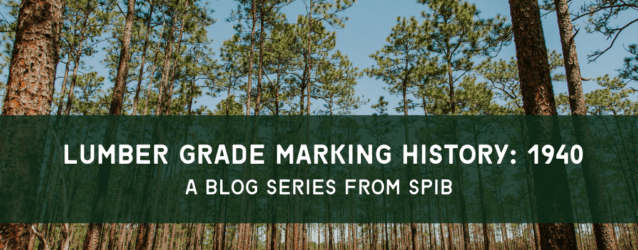
Lumber Grade Marking History: 1940
On January 4, Luftwaffe Colonel Hermann Goring would assume control over most of the war industries in Germany – bringing with him harrowing implications for Europe during a time when World War II (as it would soon become known) was still in its early stages.
Continue reading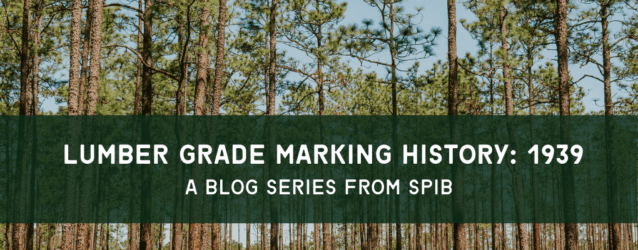
Lumber Grade Marking History: 1939
The face of pop culture was forever changed in May of 1939 when Batman – created by artists Bill Finger and Bob Kane – made his first appearance in Detective Comics #27. He was the second such superhero of his type to make his debut in a year, with Superman hitting the newsstands for the first time in 1938.
Continue reading
Lumber Grade Marking History: 1938
1937 was another banner year in the United States, both in ways that people could have predicted at the time and in many ways that they couldn’t. Early in the year, Howard Hughes set a new flight record by making his way via airplane from Los Angeles to New York City in just under seven and a half hours. In February, President Franklin D. Roosevelt proposed his plan to enlarge the Supreme Court of the United States.
Continue reading
Lumber Grade Marking History: 1937
1937 was another banner year in the United States, both in ways that people could have predicted at the time and in many ways that they couldn’t. Early in the year, Howard Hughes set a new flight record by making his way via airplane from Los Angeles to New York City in just under seven and a half hours. In February, President Franklin D. Roosevelt proposed his plan to enlarge the Supreme Court of the United States.
Continue reading
Lumber Grade Marking History: 1936
If you had to pick one word to describe the theme in the United States that permeated across 1936, that word would undoubtedly be “innovation.” Even though the country was still reeling from the devastating effects of the Great Depression, innovation was happening across the United States.
Continue reading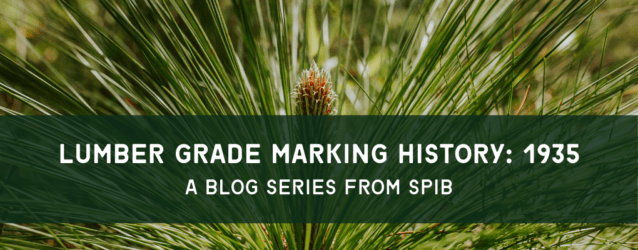
Lumber Grade Marking History: 1935
The door to a particularly fascinating era in United States history was officially closed on May 30 when Babe Ruth – then playing for the Boston Braves – took the field for what would be his last career game against the Philadelphia Phillies.
Continue reading